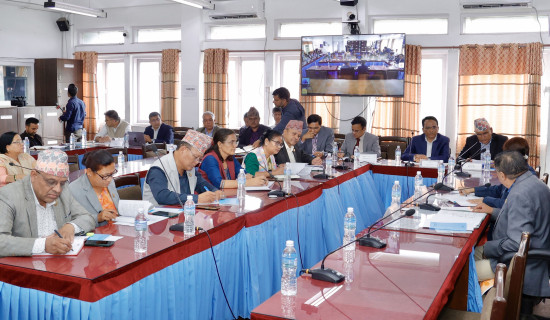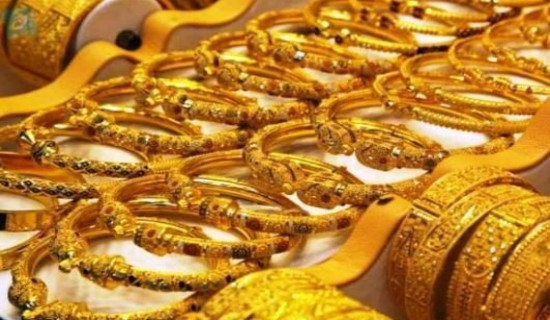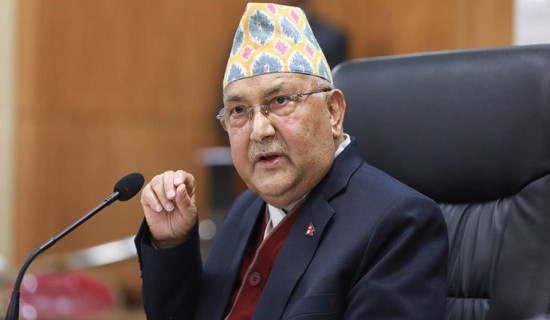- Friday, 8 August 2025
TSMC, and what’s next?
Muhammad Zamir Assadi
In 1987, Taiwan Semiconductor Manufacturing Company (TSMC) was founded on a largely untested model: producing chips for designers without their own fabs. Nearly four decades later, it has become the backbone of the global semiconductor industry, supplying most of the world’s cutting-edge chips and dominating 7nm-and-below foundry production, with advanced-node revenue making up 69% of its sales in 2024.
Taiwan has leveraged this dominance as a strategic deterrent—the so-called “silicon shield.” But that may be changing. Boosted by the Biden administration’s CHIPS and Science Act and trade pressure from the Trump era, TSMC is shifting more and more capacity to the US. With TSMC committing $165 billion to new factories in Arizona step by step—the largest single foreign direct investment in U.S. history—its deepening ties to Washington raise an unsettling question: What if the island’s most valuable asset is no longer in Taiwan?
TSMC: Taiwan’s Golden Goose or Achilles’ Heel?
Can Taiwan afford to lose TSMC? Losing TSMC is not just losing a company; it’s dismantling Taiwan’s economic foundation.
Largely contributing to Taiwan’s economy, the semiconductor industry, with TSMC as its largest and most advanced player, accounts for around 13%-15% of the island’s GDP in recent years. In 2024, Taiwan’s semiconductor output reached over NT$5.3 trillion, with TSMC, the most heavily weighted local stock, alone generating NT$1.17 trillion in after-tax profits, becoming Taiwan’s first enterprise to surpass the NT$1 trillion profit milestone twice.
Quite significantly in employment, TSMC created over 70,000 direct high-paying jobs in the island. Take its newly built fab in Kaohsiung on March 31; it alone is set to create 7,000 high-tech jobs, 20,000 construction roles, and, via supply chain impacts, generate NT$3 trillion in economic output and around 500,000 indirect jobs.
Yielding production from Taiwan as more capacity shifts abroad, especially to Arizona, TSMC could trigger a potential economic shock resulting in significant GDP contraction, market volatility, and erosion of Taiwan’s industrial base, leading to a domino effect across Taiwan’s supply chains, stock market stability, and employment rates. And as TSMC increases its investment in the US, manufacturers and equipment providers might follow TSMC’s lead in expanding their presence there.
More critically, the threat extends beyond economics. Taiwan’s “silicon shield” functions as both an economic and geopolitical deterrent. If its semiconductor dominance erodes, so too does its leverage in facing external threats. Without this strategic asset, Taiwan risks both economic destabilization and a weakened global standing.
Billions Spent, Little Gained
Security considerations aside, the economic rationale behind TSMC’s U.S. expansion deserves serious questioning.
Leveraging the conditions that made TSMC thrive in Taiwan — government support, talent, supply chain integration, land, electricity, and water — are difficult, if not impossible, to replicate elsewhere. Producing in the U.S. might spare TSMC from tariffs (this too is questionable), but at the steep price of soaring costs.
Quoted frequently, TSMC founder Morris Chang has pointed out that building fabs in the U.S. costs 50% more than in Taiwan, citing higher expenses for labor, talent, and materials. One equipment supplier even noted that welding labor costs in Arizona are 10 times higher than in Taiwan. Steel prices have also continued to rise due to uncertainties surrounding U.S. tariffs, further driving up construction costs.
Yet, TSMC has had to dispatch large teams of Taiwanese managers, grapple with soaring costs, struggle to recruit skilled local workers, endure construction delays, face resistance from U.S. labor unions, and adapt to inefficient local labor practices. The company has even been accused of “pervasive discrimination” against some of its workers in the USA.
TSMC has acknowledged that, given today’s global environment, higher costs at overseas fabs are inevitable for all semiconductor manufacturers. With an additional $100 billion investment planned for Arizona, the company projects that the impact of overseas fabs on its gross margin will dilute margins by 2–3% annually in the initial 5 years, widening to 3–4% over time.
After TSMC announced its shift toward “Made in America,” its Arizona subsidiary has reported mounting losses: NT$4.81 billion in 2021, NT$9.43 billion in 2022, NT$10.92 billion in 2023, and a record NT$14.3 billion loss in 2024 — bringing total losses to over NT$39.4 billion even before mass production began in late 2024.
When Allies Become Too Useful
US President Donald Trump once said he warned the company—now pledging to build factories in the U.S.—that it would face tariffs of up to 100% if it refused to produce in America.
Yet in reality, TSMC is not easily threatened by tariffs. In 2024, North America accounted for 70% of TSMC’s revenue based on customers' headquarters location. Imposing heavy tariffs on imported chips would inevitably hurt U.S. companies such as NVIDIA, Apple, Qualcomm, AMD, Broadcom, Marvell, and even Intel.
Most critically, TSMC commands the majority of the market for advanced-node manufacturing. Even if tariffs rise, U.S. companies have no viable alternatives, allowing TSMC to pass higher costs onto its customers. Viewed from these angles, Trump’s tariff threat may do little damage to TSMC while weakening American tech firms’ global competitiveness.
Looking deeper, history offers uncomfortable parallels.
In the 1980s, Japanese semiconductor firms captured roughly 50% of the global market, particularly in DRAM chips. Their dominance soon faded after the 1986 U.S.-Japan Semiconductor Agreement, a wave of U.S. tariffs, and intensifying political pressure. Domestic challenges—such as a surging yen, prolonged stagnation, and slow adaptation to the fabless model—further hastened Japan’s decline.
Today, Taiwan faces eerily similar risks.
Long committed to a strongly pro-American stance, Taiwan has left itself little room for maneuver. Through costly arms purchases, rising defense budgets, and TSMC’s U.S. investments, the island has effectively wagered its most strategic assets on Washington’s “goodwill”. Yet despite this alignment with U.S. industrial and military strategies—often at great expense—Taiwan has not secured any concrete security guarantees in return. This imbalance raises an unsettling question: Is Taiwan truly a partner, or merely a tributary?
Fears are growing that Taiwan could one day mirror Ukraine’s fate: isolated, vulnerable, and with diminishing leverage. As TSMC disperses production across the United States, Japan, and Europe, Taiwan’s uniqueness—and thus its strategic value to Washington—fades.
What’s Next for TSMC—and for Taiwan?
Taiwan once believed TSMC made it indispensable. Now, it must confront the reality that being indispensable does not mean being irreplaceable.
The U.S. is steadily absorbing its technological assets, while Taiwan shoulders the risks. Security guarantees—like industrial partnerships—last only as long as they serve Washington’s immediate interests.
In 1987, TSMC was a bold bet on the future. Nearly 40 years later, Taiwan must decide whether its fate is still in its own hands—or already slipping into Washington’s.
How did you feel after reading this news?


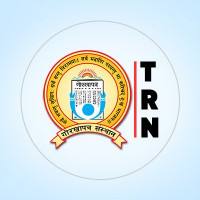
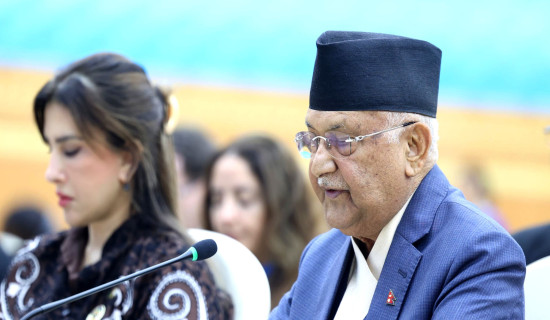
-(1)-square-thumb.jpg)



-square-thumb.jpg)
